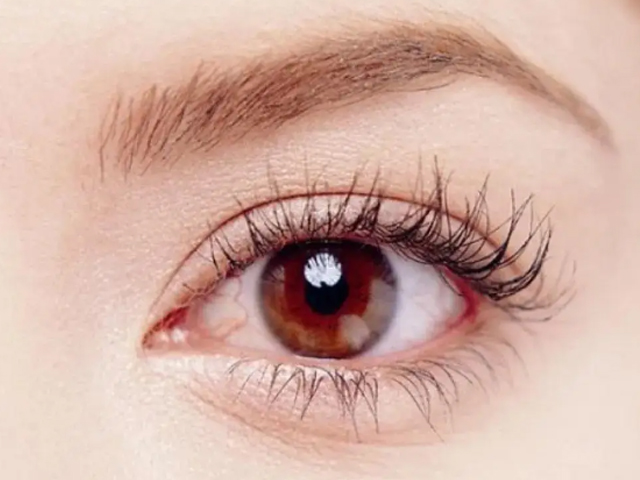
What types of coatings are there on glasses?
Eyes are very important visual organs for humans, and their structures are very sophisticated and complex. There are various "membranes" in human eyes, and each membrane has its own unique function, which shows the importance of "membranes" to eyes. But not only eyes, but also glasses also have "membranes", and there are many kinds of them. Rather than being called membranes, the "membranes" of glasses are actually special microscopic structures in nature. It is only because the structure is continuous and the thickness is very thin (at the molecular level) that it is figuratively called "membranes". Different "membranes" of glasses have different microscopic molecular structures and bring different protective effects.

Anti-fog film
Anti-fog film is also called hydrophilic nano-film layer, which can overcome the surface tension of water droplets and greatly reduce the chance of fog generation. When the lens with this film layer is used together with a special lens cloth, a good and lasting anti-fog effect can be achieved by wiping it.
Simply put, the anti-fog film does not repel water droplets, but arranges the water mist molecules on the surface of the lens more tightly and smoothly, forming a "water film" with good light transmittance.
Waterproof film
The waterproof film is a very thin top film that can make the surface of the lens hydrophobic. Oil and water droplets are difficult to stay on the surface of the lens and fall off automatically, thus playing a waterproof and anti-fouling effect. Its principle is the same as the rolling of water droplets on lotus leaves.
The surface of the waterproof film is actually a series of tiny protrusions. The gaps between the protrusions are too small, smaller than water molecules, so that when water molecules fall on it, they cannot "embed" in the gaps and have to roll down under the action of gravity.
The essence of waterproof film is to reduce the contact area between water and oil and the lens, so that oil and water droplets are not easy to adhere to the surface of the lens.
Dust-proof "film"
The dust-proof function of the lens, due to the use of i-technology technology, makes the molecular structure of the lens surface more compact, and dust cannot "get in". Its principle is actually similar to that of waterproof film.
Anti-reflective film
Anti-reflective film is also called anti-reflective film, which is to reduce the excess reflected light on the lens surface by coating multiple layers of transparent materials with different refractive indices and thicknesses on the front surface of the lens using the principle of light interference.
After the lens is coated with anti-reflective film, the permeability to light will increase, the wearer will feel less glare, and the vision will be more real and bright.
Wear-resistant film
In order to improve the wear resistance of the lens, it is necessary to use a hardening liquid containing organic matrix and inorganic ultrafine particles to coat a hard film on the surface of the lens, so that the surface of the lens has both toughness and hardness. This film is a wear-resistant film, which can reduce scratch damage.
Anti-ultraviolet & anti-blue light film
The medium and long-wave ultraviolet rays in sunlight are very harmful to human eyes and skin. Independent studies have shown that 50% of the ultraviolet rays that enter the human eye come from reflections on the back surface of the lens. Studies have also found that blue-violet light in the wavelength range of 415-455 nanometers is the most harmful to retinal cells.
In order to deal with the damage of ultraviolet and blue-violet light to the human eye, a technology called "broad-spectrum coating" came into being. The biggest advantage of this "film" structure is that it can intelligently filter harmful light and pass normal light.
It is precisely because of these glasses with different functions that our eyes are protected accordingly. When choosing glasses, we must pay more attention to the film layers on each pair of eyes and choose the film that our eyes need in order to get better protection.